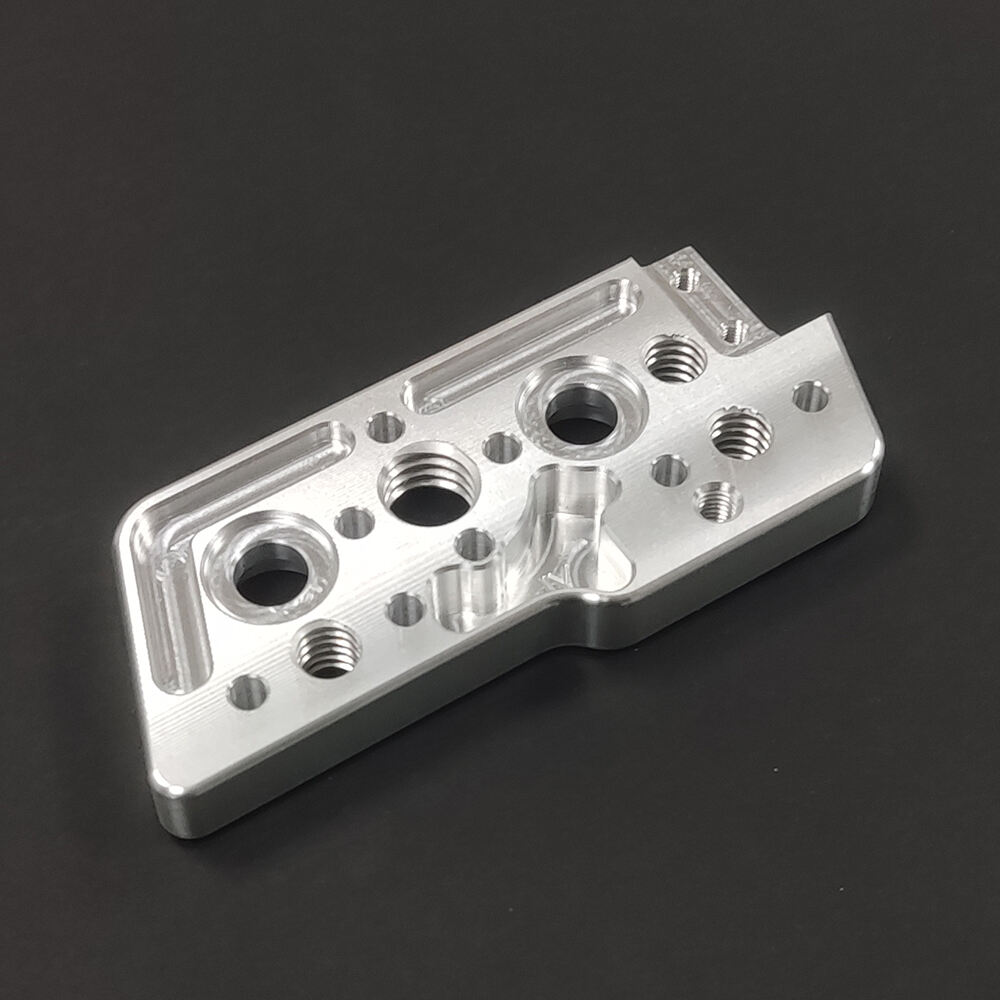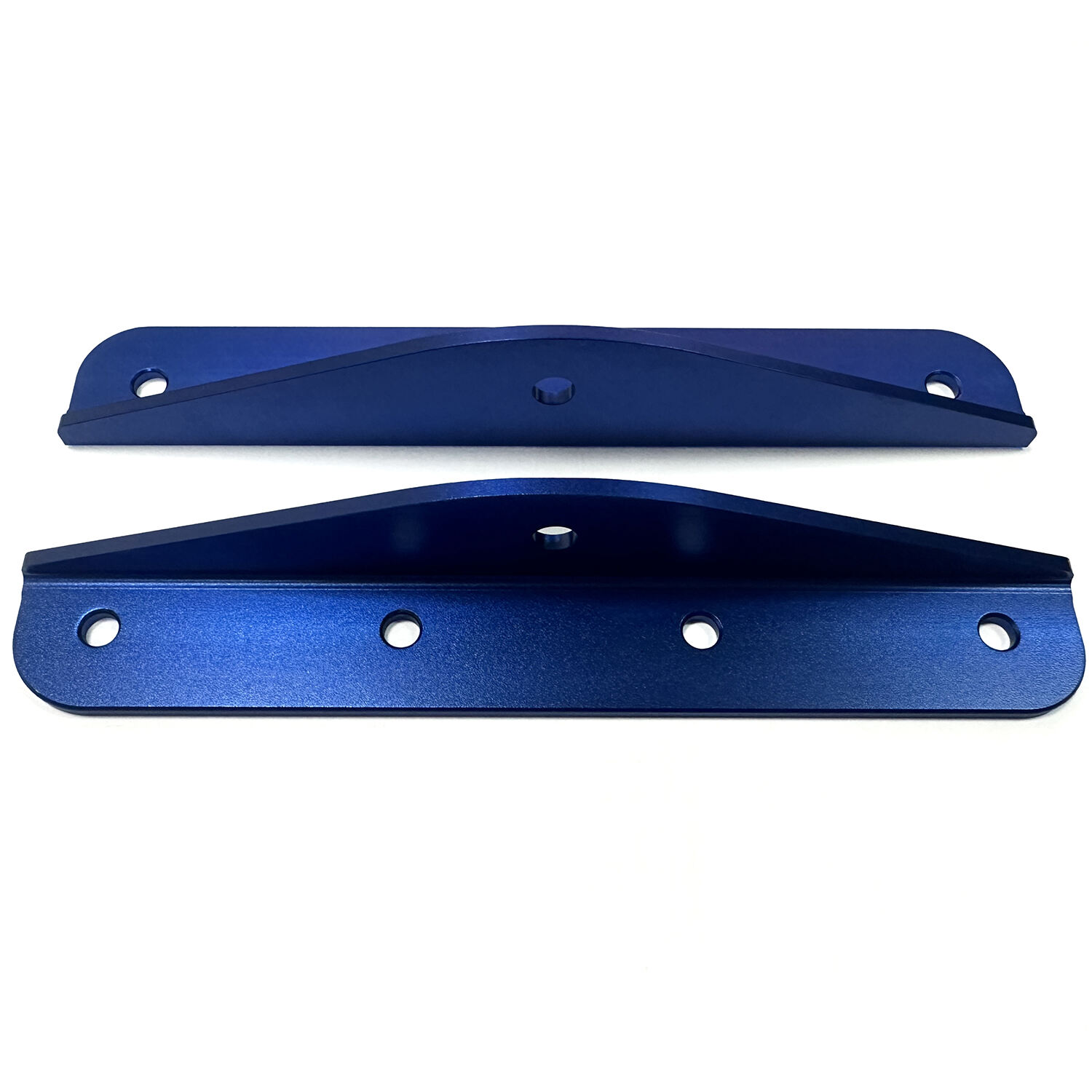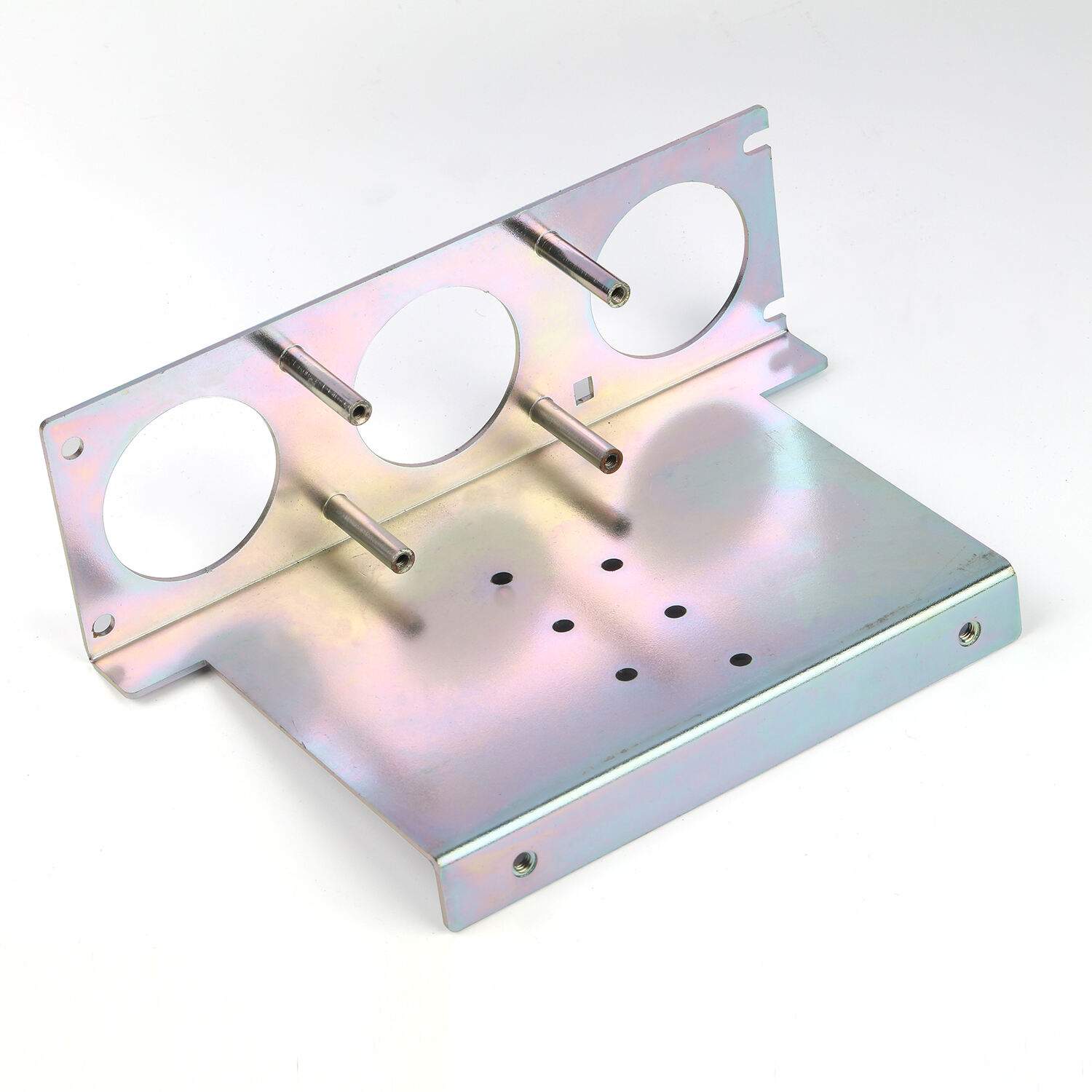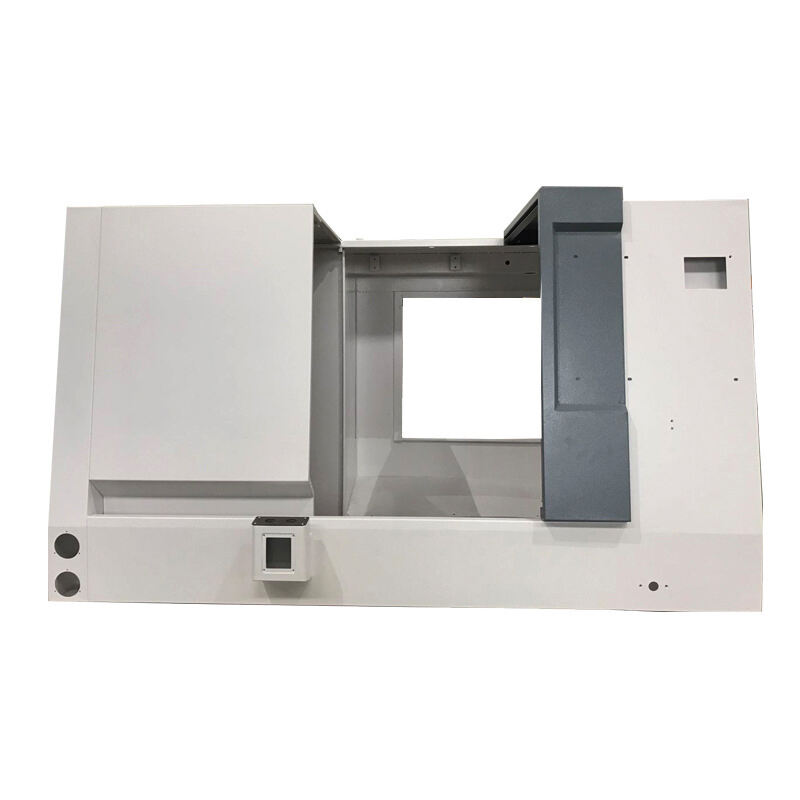Does copper for conductive purposes need surface treatment?
Does copper for conductive purposes need surface treatment?
This is a rather technical question, and many people may not know the answer.
Recently, Jia Yi Technology Co., Ltd. undertook a charging pile project, and we encountered this problem: does conductive copper need surface treatment? As a pure processing factory, we lack expertise in the power industry. During the processing of the copper rods for the charging piles, both the engineers and the factory staff raised the same question: does the conductive copper used in charging piles actually need surface treatment? Finally, after consulting with professional power engineers and actively communicating with the client, we concluded that conductive copper should ideally have a protective surface coating to ensure its functionality and durability.
Therefore, Jia Yi Technology Co., Ltd. is honored to answer this question for everyone through this article.
We will explain this from two aspects: first, why surface treatment is necessary; and second, which surface treatment method is the best choice.
- Why does copper used for conductive applications need surface treatment?
Copper is widely used in the power industry due to its excellent electrical conductivity , especially in the modern automotive sector . With the increasing demand for charging stations, copper (pure copper) is an excellent conductor; however, its surface oxidizes rapidly in air, forming copper oxide (CuO) and cuprous oxide (Cu₂O) films. Cuprous oxide (Cu₂O) is a semiconductor with very poor conductivity. To ensure long-term stable, reliable, and low-resistance electrical connections, especially in the following scenarios, surface treatment is essential .
- Which surface treatment method is best? The following is an analysis of the available surface treatments.
The main purpose of surface treatment is to prevent oxidation, reduce contact resistance, improve weldability, or enhance wear resistance.
The main purpose of surface treatment is to prevent oxidation, reduce contact resistance, improve weldability, or enhance wear resistance.
processing method |
Principles and advantages |
shortcoming |
Main application scenarios |
1. Tin plating |
Tin is very stable in air and can effectively prevent the oxidation of copper substrate; tin is soft, which can increase the contact area and reduce the contact resistance; tin has excellent solderability. |
Tin has lower electrical conductivity than copper, but a thin layer at the contact surface has little impact; at high temperatures (150℃), it will form a brittle "copper-tin alloy", affecting reliability. |
The most common and economical method. Applicable to most terminals, busbars, and pins of electrical components. |
2. Silver plating |
Silver is the best conductor of electricity and is not easily oxidized (it will sulfide and turn black, but the impact is minor). It provides the lowest and most stable contact resistance. |
The cost is relatively high; silver will form silver sulfide (black) in a sulfur-containing environment, which affects the appearance but does not seriously affect the conductivity. |
High-performance applications : high-frequency connectors, high-voltage switchgear, precision instruments, and military products. |
3. Nickel plating |
Nickel is very hard, wear-resistant, and has excellent corrosion resistance. |
Nickel has poor electrical conductivity; its contact resistance is not as stable as that of tin plating and silver plating. |
Commonly used in connector housings or springs that require repeated insertion and removal , primarily providing wear-resistant and corrosion-resistant protection. |
4. Passivation treatment |
A dense, non-conductive protective film (such as a chromate film) is formed on the surface of copper using chemical methods to isolate the copper from the air. |
This film itself is non-conductive and is only suitable for areas where electrical contact is not required , to prevent large-area oxidation and maintain appearance. |
Bare copper pads on circuit boards, and some decorative or non-contact conductive components. |
5. Apply antioxidant coating |
Apply a layer of conductive paste or petroleum jelly-like grease to physically isolate it from the air. |
It is a temporary or auxiliary measure, easily attracts dust, and is not suitable for precision or high-frequency applications. |
Auxiliary protection for high-current busbar connections and some heavy-load electrical connections . |
Recommended Products
Hot News
-
What is MIM processing method?
2025-11-25
-
Does copper for conductive purposes need surface treatment?
2025-11-21
-
Advantages of CNC machining
2024-01-16
-
What is CNC machining technology?
2024-01-16
-
The development trend of CNC machining
2024-01-16
-
Professional metal charging pile protective cover - escorting charging safety
2025-11-17
-
Can brass be welded?
2025-11-26
-
Good News-aluminum profile mass order has been produced and is about to be delivered
2025-11-27

 EN
EN
 AR
AR
 CS
CS
 DA
DA
 NL
NL
 FI
FI
 FR
FR
 DE
DE
 EL
EL
 IT
IT
 JA
JA
 KO
KO
 NO
NO
 PL
PL
 PT
PT
 RU
RU
 ES
ES
 SV
SV
 TL
TL
 ID
ID
 VI
VI
 TH
TH
 MS
MS













